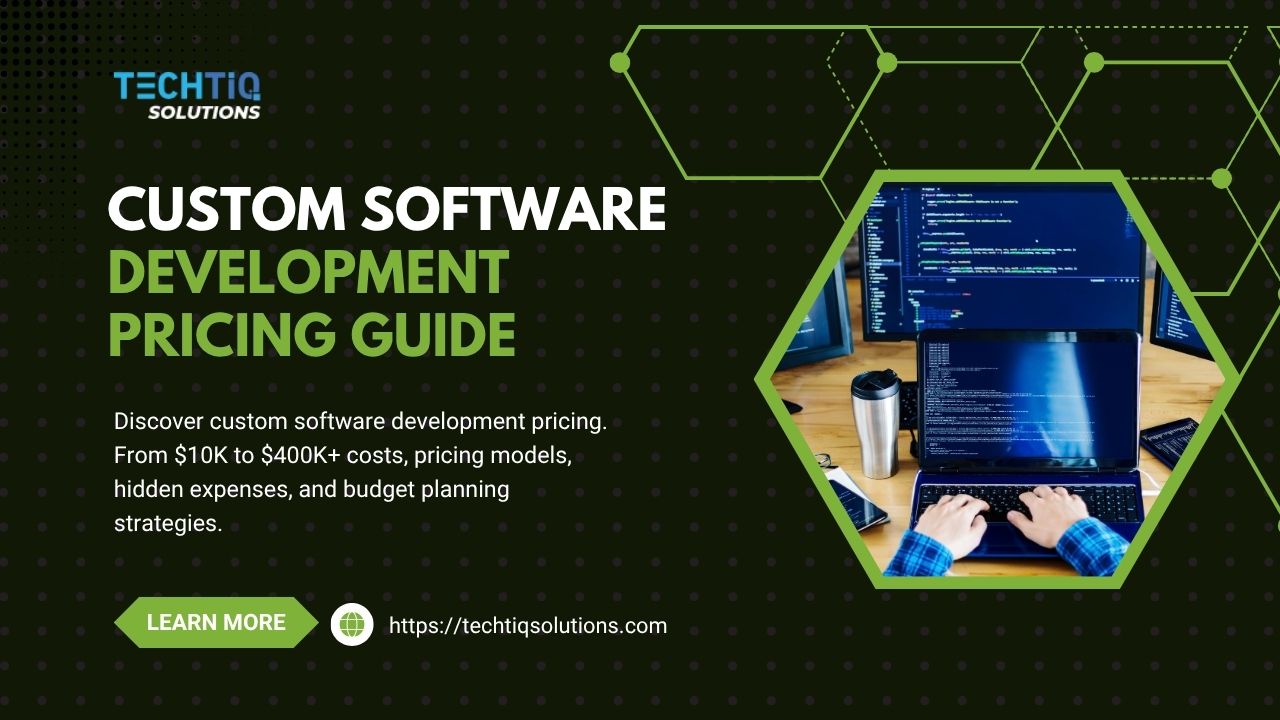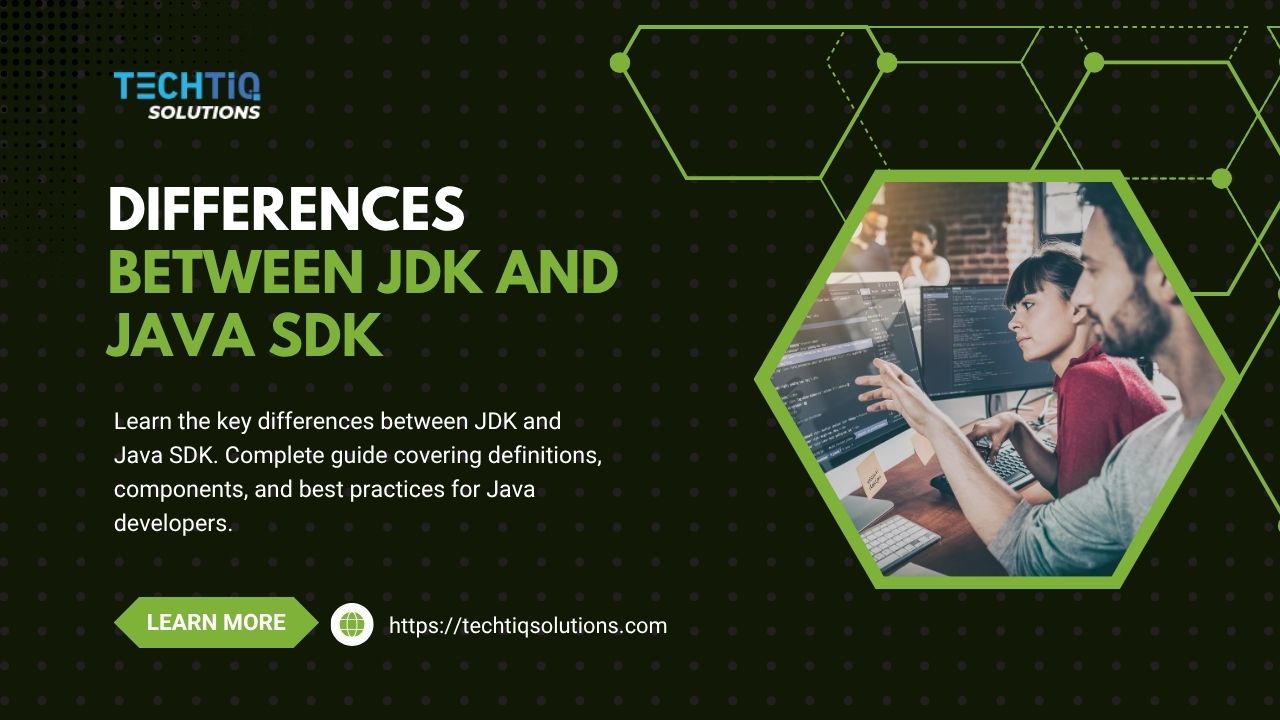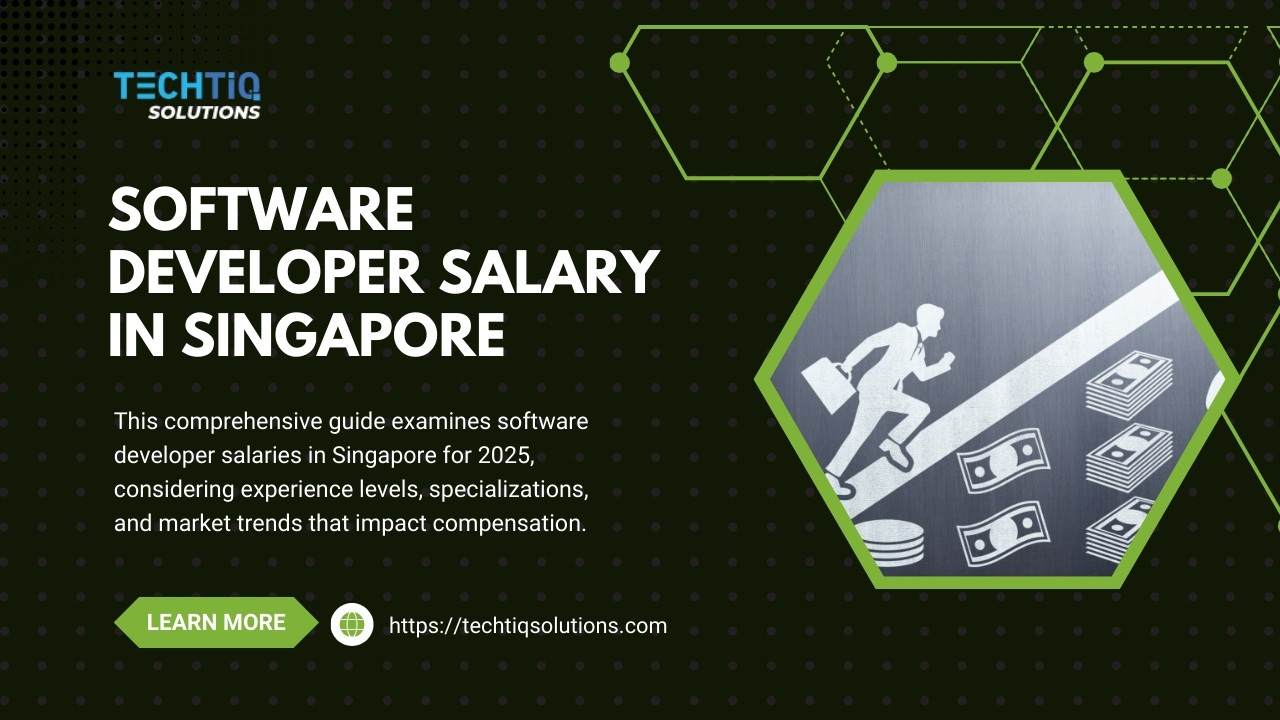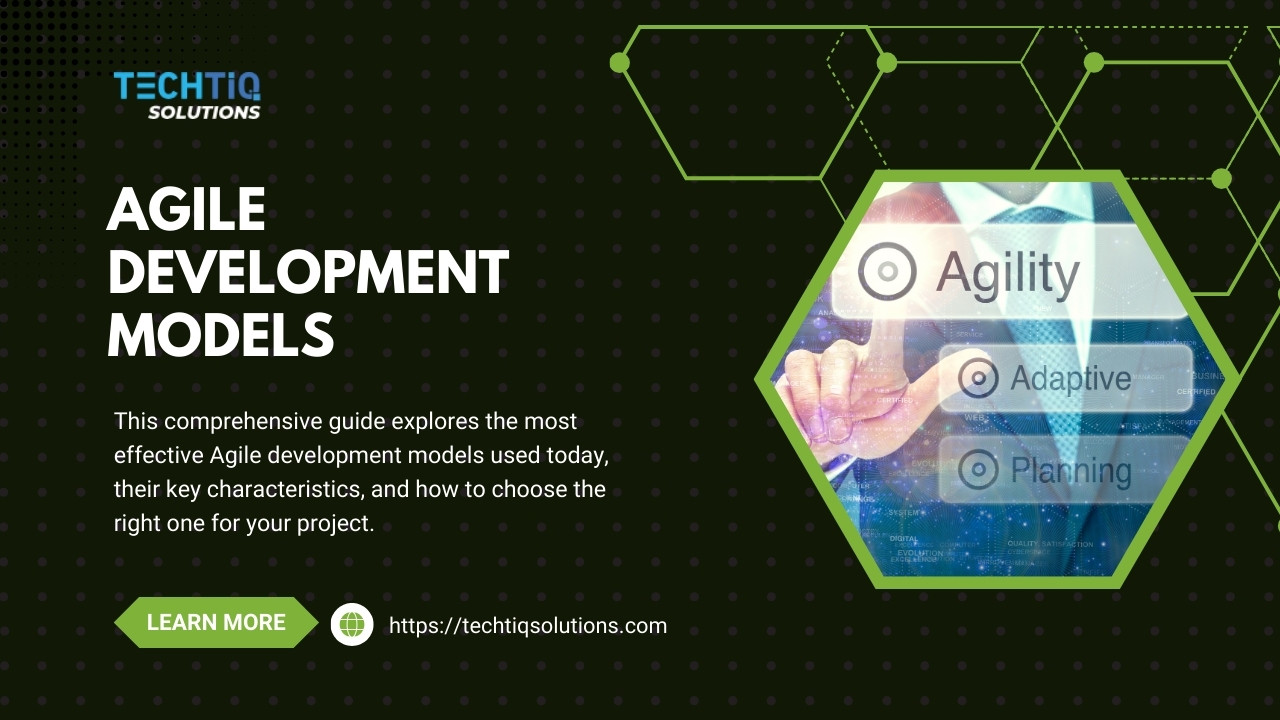Looking for a software development approach that actually works with change instead of fighting it? Adaptive Software Development (ASD) might be exactly what your team needs. This methodology replaces rigid planning with flexible adaptation, helping teams deliver better solutions even when requirements shift.
Whether you’re a project manager exploring alternative frameworks or a developer tired of process roadblocks, this guide explains everything you need to know about ASD and how it can transform your development process.
Key Takeaways
-
Adaptive Software Development (ASD) is an agile methodology focused on continuous adaptation and collaboration
-
ASD replaces the traditional plan-design-build cycle with a dynamic speculate-collaborate-learn loop
-
The methodology excels in complex, uncertain environments where requirements frequently change
-
ASD emphasizes customer collaboration, iterative development, and quality through continuous testing
-
Real-world implementation of ASD has shown significant improvements in project success rates and client satisfaction
What is Adaptive Software Development (ASD)?
Adaptive Software Development emerged in the late 1990s, pioneered by Jim Highsmith as a response to increasingly complex and unpredictable software development environments. Unlike traditional methodologies that try to predict and control every aspect of development, ASD acknowledges the inherent uncertainty in complex projects and builds adaptability into the core process.
At its heart, ASD is a methodology that replaces the traditional waterfall development cycle of “plan, build, and revise” with a more dynamic “speculate, collaborate, and learn” approach. This shift in mindset represents a fundamental change in how software development teams operate and respond to change.
Core Principles of Adaptive Software Development
The foundation of ASD rests on several key principles that guide teams through the development process:
-
Mission-focused development – Teams align around the project’s mission rather than rigid specifications
-
Feature-based delivery – Software is developed and delivered in feature-based iterations
-
Iterative development – Work progresses through repeated cycles, with each cycle improving upon the previous one
-
Risk-driven scheduling – Project timelines and priorities adapt based on emerging risks and opportunities
-
Tolerance for change – Change is viewed as inevitable and even beneficial rather than as a disruption
-
Component-based development – Building modular components that can be adapted or reused
These principles create a framework that allows teams to navigate complexity and uncertainty while maintaining progress toward project goals.
The ASD Lifecycle
The Adaptive Software Development lifecycle consists of three overlapping phases that form a continuous loop:
Speculation Phase
Unlike the rigid planning in traditional methodologies, the speculation phase acknowledges that in complex environments, detailed long-term planning often becomes obsolete quickly. Instead, teams:
-
Define the project mission and vision
-
Outline high-level requirements
-
Identify project constraints
-
Create an adaptive release plan with timeboxed iterations
-
Assign features to iterations based on priority
This approach provides direction while maintaining flexibility for future changes.
Collaboration Phase
The collaboration phase is where the actual development work happens. This phase emphasizes:
-
Cross-functional teamwork and communication
-
Joint application development (JAD) sessions
-
Concurrent development activities
-
Daily stand-up meetings
-
Regular customer involvement and feedback
-
Continuous integration of components
The collaborative nature of this phase ensures that all perspectives are considered and that development stays aligned with business needs.
Learning Phase
The learning phase is perhaps the most distinctive aspect of ASD, as it explicitly builds knowledge acquisition into the development process:
-
Quality reviews of developed features
-
Customer review and feedback sessions
-
Technical reviews and retrospectives
-
Capturing lessons learned
-
Adapting future plans based on new knowledge
-
Refining understanding of requirements
This phase acknowledges that software development is a learning process, and that teams get smarter as projects progress.
ASD vs. Other Software Development Methodologies
To better understand what makes Adaptive Software Development unique, let’s compare it with other popular methodologies:
|
Methodology |
Approach to Change |
Planning Horizon |
Customer Involvement |
Documentation |
Best For |
|
ASD |
Embraces change as inevitable |
Short-term, adaptive |
Continuous |
Minimal, focused on knowledge transfer |
Complex, uncertain projects with evolving requirements |
|
Waterfall |
Resists change after initial phase |
Complete upfront planning |
Primarily at beginning and end |
Comprehensive documentation |
Well-defined, stable projects with clear requirements |
|
Scrum |
Accommodates change between sprints |
Sprint-based (2-4 weeks) |
Regular through sprint reviews |
User stories and product backlog |
Projects needing regular delivery and feedback |
|
Kanban |
Continuous flow of changes |
Continuous planning |
Ongoing |
Visual workflow boards |
Maintenance projects with varying priorities |
|
XP (Extreme Programming) |
Welcomes change at any time |
Very short iterations |
On-site customer |
Code as documentation |
Projects with changing requirements needing high quality |
While there are similarities between ASD and other agile methodologies like Scrum and XP, ASD puts a stronger emphasis on the learning aspect of development and is particularly well-suited for projects where requirements are expected to evolve significantly over time.
Benefits of Adaptive Software Development
Implementing Adaptive Software Development offers numerous advantages for organizations facing complex and uncertain development environments:
Improved Responsiveness to Change
In today’s fast-paced business environment, requirements can change rapidly due to market shifts, competitive pressures, or new opportunities. ASD’s flexible approach allows teams to:
-
Respond quickly to changing business needs
-
Pivot development direction without extensive rework
-
Incorporate new insights as they emerge
-
Adjust priorities based on real-world feedback
Enhanced Customer Satisfaction
By involving customers throughout the development process, ASD helps ensure that the final product meets actual user needs:
-
Regular customer review sessions keep development aligned with expectations
-
Early and frequent delivery of working features provides tangible value
-
Direct feedback loops improve feature relevance and usability
-
Collaborative approach builds trust and partnership
Reduced Risk Through Iterative Development
The iterative nature of ASD helps manage risk by breaking large, complex projects into smaller, manageable pieces:
-
Early identification of problems and roadblocks
-
Regular validation of assumptions
-
Faster detection and correction of misalignments
-
Incremental investment with regular assessment of returns
Better Team Dynamics and Morale
The collaborative approach fostered by ASD often leads to improvements in team performance:
-
Shared ownership of project outcomes
-
Cross-functional collaboration that breaks down silos
-
Focus on learning that helps team members grow
-
Reduced stress through manageable iteration cycles
Higher Quality Software
The learning cycle inherent in ASD contributes to higher quality outcomes:
-
Continuous quality reviews throughout development
-
Regular integration and testing
-
Knowledge gained from early iterations improves later work
-
Focus on working software over comprehensive documentation
Challenges in Implementing ASD
While Adaptive Software Development offers many benefits, organizations may face challenges when adopting this approach:
Cultural Resistance
Organizations with a history of traditional development methods may struggle with the shift to an adaptive mindset:
-
Management may be uncomfortable with reduced predictability
-
Team members might resist the increased collaboration requirements
-
Stakeholders may expect detailed upfront plans and fixed commitments
Resource Allocation
The flexible nature of ASD can make resource planning more challenging:
-
Difficulty in predicting exact resource needs
-
Need for team members with broader skill sets
-
Potential for conflicting priorities when resources are shared across projects
Scaling Issues
Like many agile methodologies, ASD can face challenges when scaled to very large projects:
-
Maintaining effective collaboration across multiple teams
-
Coordinating dependencies between components
-
Ensuring consistent practices across the organization
-
Managing communication overhead
Documentation Balance
Finding the right balance of documentation can be tricky:
-
Too little documentation may lead to knowledge loss or compliance issues
-
Too much documentation reduces agility and adds overhead
-
Determining what knowledge needs to be explicitly captured
Best Practices for Successful ASD Implementation
Based on industry experience and successful implementations, here are key practices for making Adaptive Software Development work effectively:
Start with the Right Projects
Not all projects are equally suited to an adaptive approach:
-
Begin with projects that have uncertain or evolving requirements
-
Choose projects where customer collaboration is feasible
-
Select initiatives where the business value justifies iterative development
-
Consider starting with smaller projects to build experience
Build a Supportive Organizational Culture
ASD thrives in organizations that embrace certain cultural values:
-
Foster trust between management and development teams
-
Encourage open communication and transparency
-
Value learning and continuous improvement
-
Accept that uncertainty is part of complex projects
-
Reward collaboration over individual achievement
Invest in the Right Tools and Infrastructure
Technical practices that support adaptive development include:
-
Automated testing frameworks for rapid quality feedback
-
Continuous integration/continuous deployment pipelines
-
Collaboration tools for distributed teams
-
Knowledge management systems to capture learning
-
Flexible architecture that supports incremental development
Focus on Effective Collaboration
Since collaboration is central to ASD, invest in making it effective:
-
Establish clear roles and responsibilities
-
Create dedicated team spaces (physical or virtual)
-
Schedule regular collaboration sessions with clear agendas
-
Train team members in facilitation and communication skills
-
Include customers and business stakeholders in the collaborative process
TechTIQ Case Study Spotlight: ASD in Action
At TechTIQ Solutions, we’ve successfully implemented Adaptive Software Development principles across various projects. Here is the example that demonstrate the power of ASD in real-world scenarios:
Personal Loan Platform: Managing Complexity Through Adaptation
Client Challenge: The Personal Loan Platform project involved developing multiple sub-products using Domain-Driven Design and microservices architecture. The complexity and scale of the project made traditional planning nearly impossible.
Our Adaptive Approach: Using ASD principles, our team:
-
Categorized numerous features, user roles, and data requirements
-
Built a microservices architecture that allowed different components to evolve independently
-
Implemented sprint meetings every two weeks for feedback and adaptation
-
Used collaborative tools to ensure alignment across distributed team members
-
Adapted the development roadmap based on ongoing learning
Results: Despite the complexity, the project delivered significant value:
-
Successful implementation of funnel building for member applications
-
Development of experimentation platform for A/B testing
-
Integration of fraud detection capabilities
-
Implementation of automated e-signing
This case study highlights how ASD’s “speculate-collaborate-learn” cycle enables teams to navigate complex, uncertain projects successfully.
How to Get Started with Adaptive Software Development
If you’re considering implementing ASD in your organization, here’s a practical roadmap to get started:
1. Assess Your Environment
Before diving in, evaluate whether your organization and projects are a good fit for ASD:
-
Are your project requirements likely to evolve?
-
Can you secure active customer involvement throughout development?
-
Is your team open to collaborative work styles?
-
Does your organization tolerate some uncertainty in exchange for better outcomes?
2. Start Small and Build Experience
Rather than transforming your entire development process overnight:
-
Select a pilot project with reasonable scope and importance
-
Form a cross-functional team with members open to new approaches
-
Define clear success metrics to evaluate the approach
-
Document lessons learned to apply to future projects
3. Invest in Team Training
Ensure your team understands both the principles and practices of ASD:
-
Provide formal training in adaptive methodologies
-
Bring in experienced coaches for initial guidance
-
Create learning resources specific to your organization
-
Consider certifications for team leads or project managers
4. Establish the Right Infrastructure
Put the technical foundations in place to support adaptive development:
-
Implement continuous integration/continuous deployment pipelines
-
Set up automated testing frameworks
-
Deploy collaboration tools for distributed teams
-
Create repositories for capturing knowledge and learning
5. Develop an Adaptive Mindset
Perhaps most importantly, cultivate the mindset shift that underpins successful ASD:
-
Embrace uncertainty as an opportunity rather than a threat
-
Value learning as a primary outcome of the development process
-
Focus on delivering business value rather than following rigid plans
-
Build trust through transparency and regular delivery
When is ASD the Right Choice?
Adaptive Software Development isn’t universally applicable. Here are scenarios where ASD is likely to be most beneficial:
Ideal Scenarios for ASD
-
Innovative or research-oriented projects where requirements will emerge as understanding grows
-
Rapidly evolving business domains where market conditions frequently change
-
Complex systems with many interdependent components that require ongoing integration
-
Projects with active, engaged stakeholders who can participate throughout development
-
Organizations undergoing digital transformation that need to learn as they evolve
Less Suitable Scenarios
-
Highly regulated environments with extensive documentation requirements
-
Fixed-budget, fixed-scope government contracts with little flexibility
-
Projects with distributed teams across multiple time zones where collaboration is challenging
-
Simple, well-understood applications where requirements are stable and predictable
Conclusion
In a world where change is the only constant, software development methodologies that embrace adaptation offer a competitive advantage. Adaptive Software Development provides a structured yet flexible approach that recognizes the realities of complex projects: requirements evolve, learning happens continuously, and collaboration drives better outcomes.
Whether you’re developing a mobile application, enterprise software, or an AI solution, the principles of ASD can help you navigate uncertainty while delivering value to your customers. By replacing rigid planning with informed speculation, isolated work with rich collaboration, and predefined outcomes with continuous learning, ASD creates an environment where innovation can flourish.
At TechTIQ Solutions, we’ve witnessed firsthand how adaptive approaches transform challenging projects into successful outcomes. Our experience across industries and technologies has proven that embracing change rather than fighting it leads to higher quality software, more satisfied customers, and more engaged development teams.
Ready to Explore Adaptive Software Development for Your Next Project?
If you’re facing complex software development challenges and believe an adaptive approach could help, TechTIQ Solutions is here to guide you. Our experienced team can help you implement ASD principles tailored to your specific needs, whether you’re building a new application or transforming an existing system.
As a leading software solutions agency with expertise in bespoke software solutions and enterprise application development, we bring the knowledge, tools, and methodologies needed to turn your complex software challenges into successful solutions.
Contact TechTIQ Solutions today to discuss how our software development expertise can help your business thrive in an ever-changing environment:
-
Email: inquiry@techtiqsolutions.com
-
Phone: (+65) 8898 2997
-
Address: 28 Sin Ming Lane #02-145, Midview city, Singapore 573972









